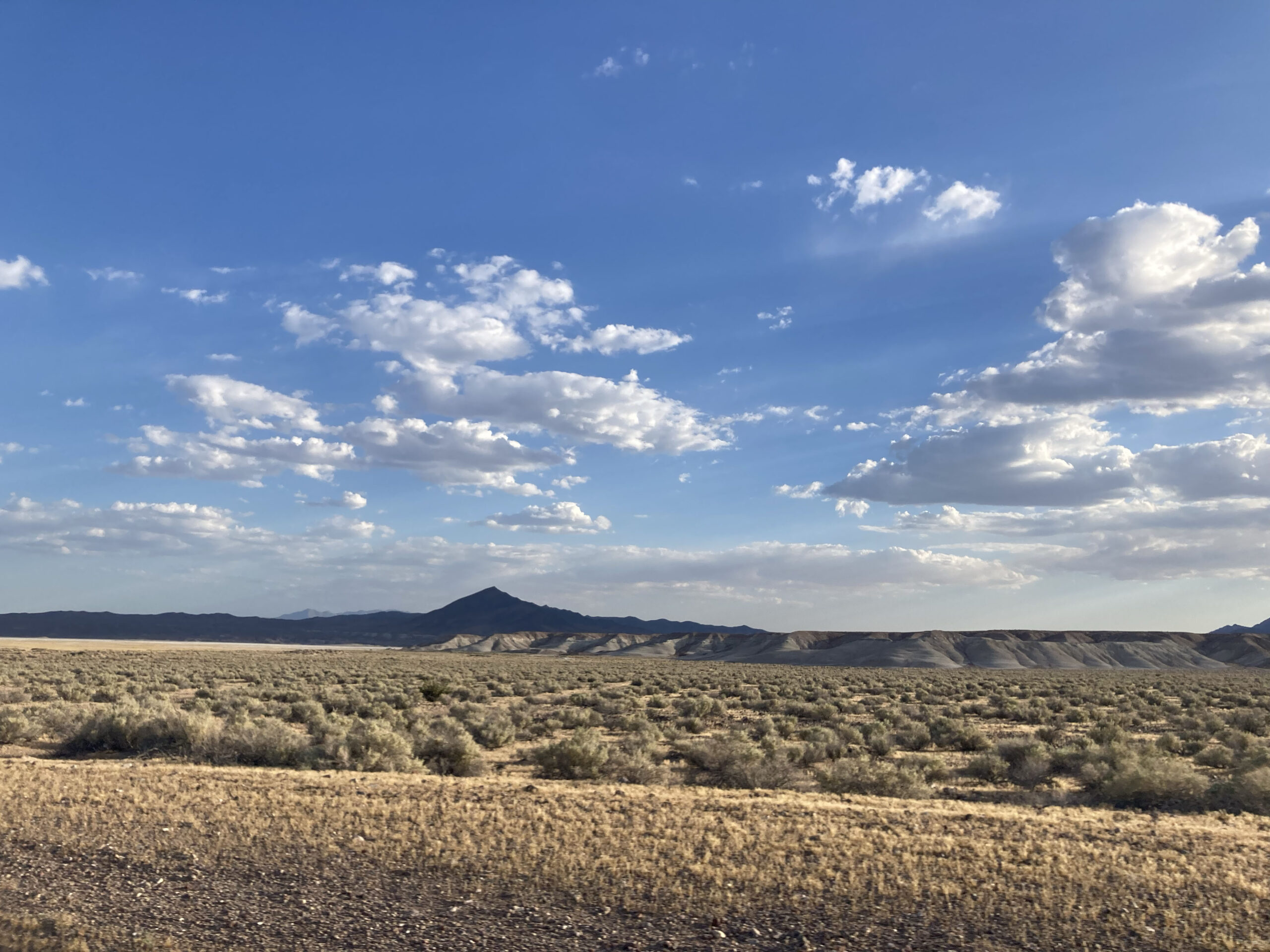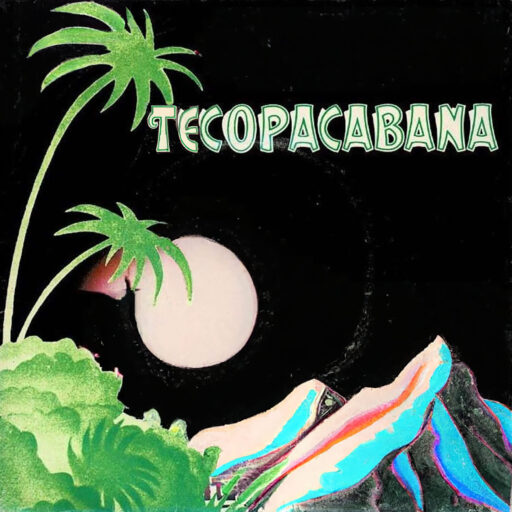
The Mojave Desert, with its vast expanses of arid landscapes and unique ecosystems, presents both challenges and opportunities for those seeking to camp and connect with nature. As a region known for its extreme temperatures and diverse terrain, proper preparation and adherence to best practices are essential to ensure a safe and enjoyable camping experience. Whether you’re a seasoned desert camper or a first-timer, these tips will help you navigate the Mojave and make the most of your desert adventure.
Water, Water, Water: The Desert’s Lifeline
In the Mojave, where temperatures can soar to extreme highs, dehydration is a real and immediate threat. Always carry an abundant supply of water – more than you think you’ll need. A general rule is to consume at least one gallon of water per person per day. Additionally, be mindful of signs of dehydration, such as dizziness and dry mouth, and act promptly if they occur.
Shade and Shelter: Escape the Desert Sun
The Mojave Desert is characterized by intense sunlight, and temperatures can become scorching during the day. Seek shade during peak hours, typically from 10 a.m. to 4 p.m. Set up your campsite in areas with natural shade, and bring portable shade structures like umbrellas or pop-up tents. Protect yourself from the sun’s rays with wide-brimmed hats, lightweight long sleeves, and high SPF sunscreen.
Temperature Awareness: Prepare for Extremes
While daytime temperatures can be searing, nights in the desert can get surprisingly cold. Pack accordingly, bringing layers for warmth during the evening hours. Check weather forecasts and plan your activities accordingly, avoiding strenuous hikes during the hottest parts of the day. Understanding the temperature extremes will enable you to enjoy the unique beauty of the desert without risking discomfort or harm.
Navigation Tools: Stay on the Right Path
The Mojave’s vastness can be disorienting, and the terrain can be challenging to navigate. Equip yourself with reliable navigation tools, including maps, compasses, and GPS devices. Familiarize yourself with the landmarks and key points of interest in the area. Stay on established trails to minimize your impact on the fragile desert ecosystem, and always inform someone about your itinerary before venturing into the wilderness.
Emergency Preparedness: Plan for the Unexpected
Desert environments can be unforgiving, and it’s crucial to be prepared for emergencies. Pack a well-stocked first aid kit and familiarize yourself with basic first aid procedures. Ensure your vehicle is in good working condition before embarking on a desert trip, and carry essentials such as a spare tire, jack, and tools. Inform others about your plans, including your expected return time, and have a reliable communication device, such as a satellite phone or emergency beacon.
Leave No Trace: Respect the Desert Ecosystem
Preserving the delicate balance of the Mojave’s ecosystem is paramount. Follow the principles of Leave No Trace to minimize your impact on the environment. Pack out all trash, dispose of waste properly, and avoid disturbing wildlife. Respect the flora and fauna unique to the Mojave by observing from a distance and refraining from picking plants or disturbing animals.
Wildlife Awareness: Admire from Afar
The Mojave Desert is home to a variety of wildlife, including reptiles, birds, and mammals adapted to the harsh conditions. Exercise caution and maintain a safe distance when encountering wildlife. Avoid feeding animals, as it disrupts their natural behaviors and can have detrimental effects on their health.
Light Pollution Reduction: Embrace the Starry Skies
One of the Mojave Desert’s most spectacular features is its dark skies, perfect for stargazing. Minimize light pollution by using low-impact lighting options, such as red LED lights. Embrace the opportunity to witness the celestial wonders of the desert night sky, and consider bringing a telescope or binoculars for an enhanced astronomical experience.
Embracing the Mojave’s Wonders Responsibly
Camping in the Mojave Desert offers a unique opportunity to connect with nature and experience the beauty of this vast and sometimes challenging environment. By adhering to these best practices, you can ensure a safe and enjoyable desert camping experience while respecting the delicate balance of the Mojave’s ecosystem. Whether you’re drawn to the striking landscapes, the captivating wildlife, or the tranquility of the desert night, responsible camping practices will allow you to appreciate the Mojave’s wonders while leaving minimal impact on its pristine environment.

Leave a Reply